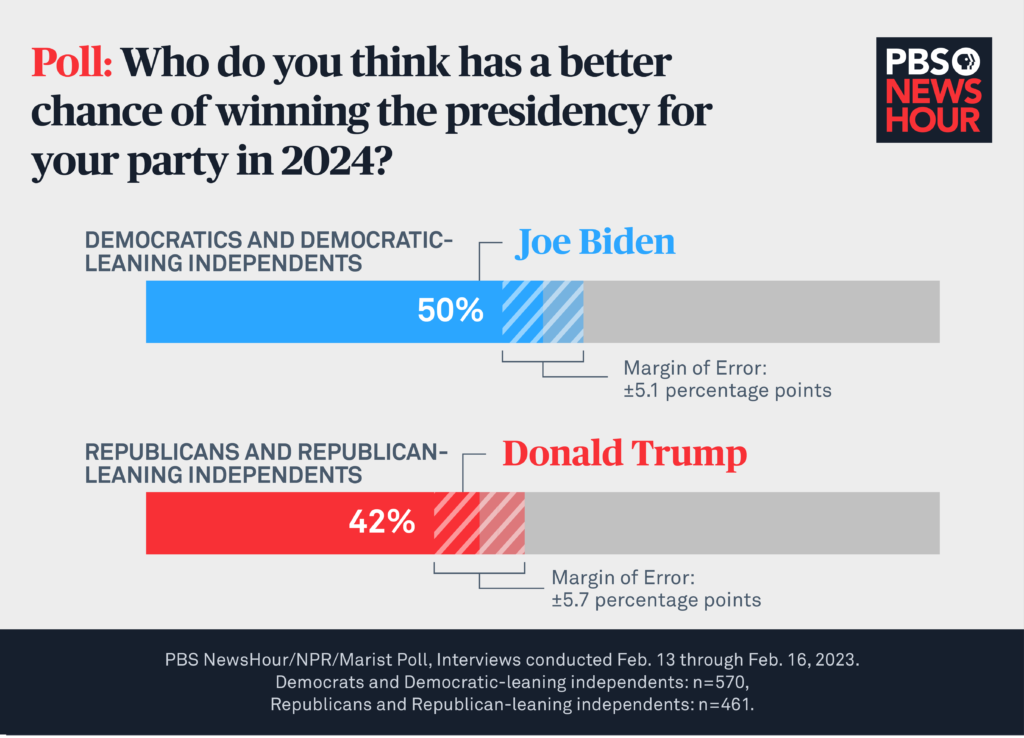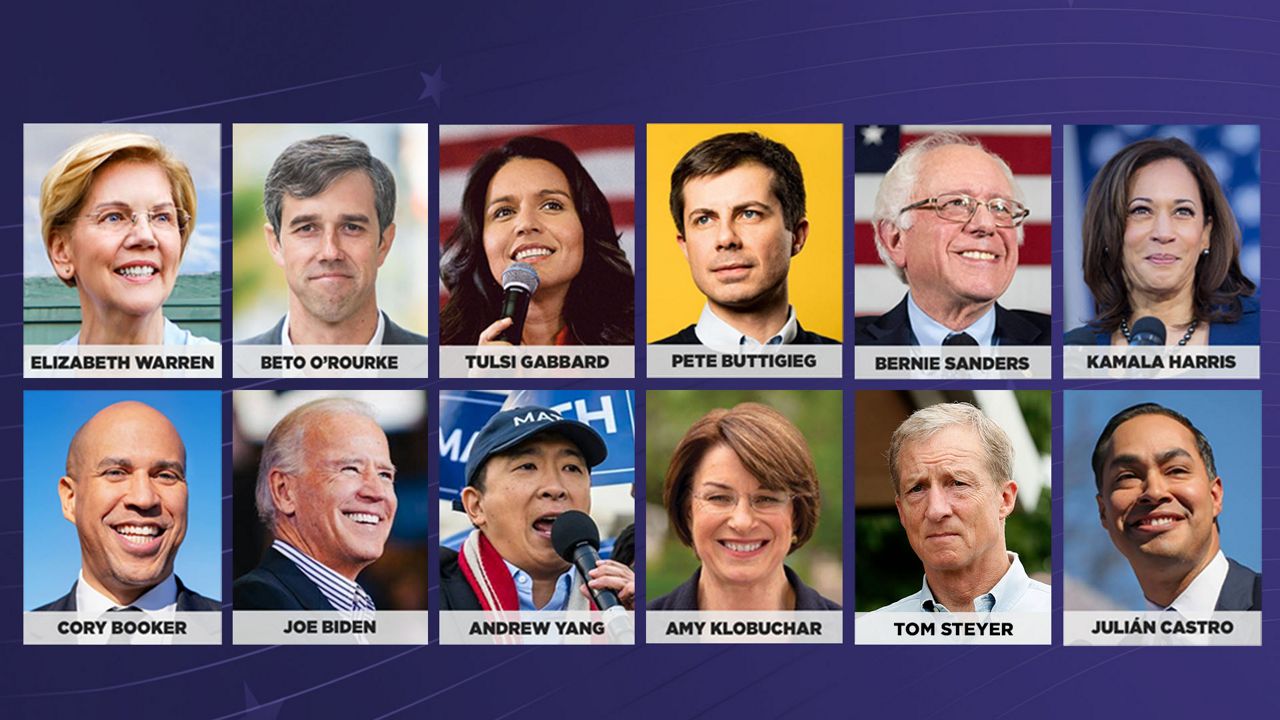History of Presidential Debates
Presidential debates have become a staple of American elections, offering voters a chance to directly compare candidates’ positions on key issues. However, the evolution of these debates has been a long and fascinating journey, marked by significant changes in format, style, and impact.
Early Debates: The Birth of a Tradition
The first televised presidential debate took place on September 26, 1960, between John F. Kennedy and Richard Nixon. This landmark event, broadcast on all three major television networks, had a profound impact on the course of American politics. Prior to 1960, presidential candidates typically communicated with voters through radio addresses and newspaper articles. The 1960 debate marked a new era, showcasing the power of television to shape public opinion.
The Evolution of Debate Formats, Presidential debate dates
The format of presidential debates has evolved significantly over time. Early debates were often characterized by a more formal, question-and-answer style, with moderators playing a more passive role. However, as the debates became more popular and influential, the formats became more dynamic and interactive. In the 1970s, the Commission on Presidential Debates (CPD) was established to oversee and organize the debates. The CPD introduced new formats, such as town hall meetings and debates focused on specific issues, to engage voters in a more meaningful way.
The Impact of Televised Debates
Televised debates have had a profound impact on voter perceptions and political discourse. The debates provide voters with a unique opportunity to observe candidates’ personalities, communication styles, and policy positions in real-time. This can influence voters’ decisions, particularly those who are undecided or less informed about the candidates. Additionally, the debates can shape the political agenda, as candidates often use the platform to address key issues and engage in public discourse.
Analyzing Debate Performance and Outcomes: Presidential Debate Dates

Debates are a crucial part of the presidential election process, providing voters with a platform to assess candidates’ qualifications, policies, and personalities. Evaluating debate performance is essential to understanding the impact of these events on the election’s outcome.
Framework for Evaluating Debate Performance
To assess the effectiveness of candidate performance during debates, a comprehensive framework should be employed. This framework should consider various aspects, including:
- Content and Substance: Evaluate the depth and clarity of the candidate’s policy positions, their ability to articulate their vision for the nation, and their command of factual information.
- Communication Skills: Analyze the candidate’s ability to effectively communicate their message, their tone of voice, their body language, and their ability to connect with the audience.
- Argumentation and Rebuttal: Assess the candidate’s ability to construct persuasive arguments, respond to attacks from opponents, and defend their positions with logic and evidence.
- Audience Engagement: Consider the candidate’s ability to capture the attention of the audience, their use of rhetorical devices, and their overall presence on stage.
- Post-Debate Analysis: Examine how the debate is perceived by the media, pundits, and the general public. Consider the impact of the debate on polls and the overall election landscape.
Debate Strategies of Different Candidates
Candidates often employ different strategies during debates, tailoring their approach to their strengths, weaknesses, and the political climate.
- The Attack Dog: This strategy involves aggressively attacking the opponent, highlighting their weaknesses, and attempting to undermine their credibility. Examples include Donald Trump’s aggressive tactics against Hillary Clinton in the 2016 election.
- The Policy Wonk: This strategy emphasizes the candidate’s knowledge and expertise on policy issues, presenting detailed proposals and engaging in substantive discussions on specific topics. Examples include Joe Biden’s focus on policy details in the 2020 debates.
- The Charismatic Leader: This strategy aims to connect with the audience on an emotional level, emphasizing personal values, shared experiences, and the candidate’s vision for the future. Examples include Barack Obama’s focus on hope and change in the 2008 debates.
- The Underdog: This strategy involves portraying the candidate as the outsider, fighting for the interests of the ordinary people against a powerful establishment. Examples include Bernie Sanders’ focus on economic inequality and social justice in the 2016 primaries.
Key Moments and Turning Points in Past Debates
Certain moments in past debates have significantly impacted the outcome of elections. These moments can shift public perception, influence media coverage, and ultimately affect voter turnout.
- The “Checkers Speech” (1952): Richard Nixon, facing allegations of financial impropriety, delivered a powerful speech defending himself and his family. This speech, broadcast on television, helped to salvage Nixon’s reputation and contributed to his victory in the election.
- The “Kennedy-Nixon Debate” (1960): The first televised presidential debate, this event showcased the importance of image and presentation in politics. John F. Kennedy’s youthful appearance and charisma contrasted with Richard Nixon’s tired demeanor, giving Kennedy an edge in the eyes of many viewers.
- The “Daisy Ad” (1964): Lyndon B. Johnson’s campaign aired a controversial ad depicting a young girl counting petals, followed by a mushroom cloud and a voiceover warning of the dangers of nuclear war. This ad, widely considered to be effective, helped to secure Johnson’s victory over Barry Goldwater.
- The “Town Hall Debate” (2008): In a town hall format, Barack Obama’s calm demeanor and ability to connect with voters on a personal level helped him to solidify his lead over John McCain.
- The “First Lady Debate” (2016): The debate between Melania Trump and Michelle Obama, while not a traditional presidential debate, generated significant media attention and sparked conversations about the role of the First Lady.
The presidential debate dates are a crucial part of the election cycle, providing voters with a platform to compare candidates’ stances on key issues. These debates often set the stage for the upcoming election, and the cbs vice presidential debate is a key component of this process, offering a glimpse into the potential leadership styles of the candidates vying for the second-highest office in the land.
While the presidential debates garner much attention, the vice presidential debates are equally important, as they highlight the potential successors to the presidency and provide voters with a more nuanced understanding of the candidates’ platforms.
The presidential debate dates are crucial moments in the political calendar, shaping the narrative and influencing voters’ perceptions. One notable debate, the abc presidential debate , was a high-stakes encounter where candidates engaged in a lively exchange of ideas and strategies.
These debates, whether on ABC or other networks, provide valuable insights into the candidates’ positions and offer voters a platform to evaluate their choices before casting their ballots.

